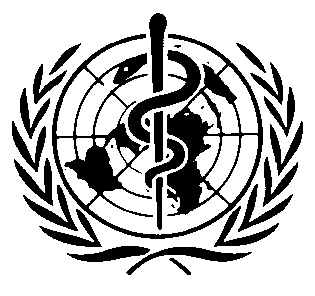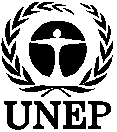International Chemical Safety Cards
| TRIISOPROPANOLAMINE | ICSC: 0592 |




Tris(2-hydroxypropyl)amine 1,1',1-Nitrilotripropan-2-ol C9H21NO3 / (CH3CHOHCH2)3N Molecular mass: 191.3 CAS # 122-20-3 RTECS # UB8750000 EC # 603-097-00-3 March 28, 1996 Peer reviewed |
| TYPES OF HAZARD/ EXPOSURE | ACUTE HAZARDS/ SYMPTOMS | PREVENTION |
FIRST AID/ FIRE FIGHTING |
| FIRE |
Combustible.
Gives off irritating or toxic fumes (or gases) in a fire.
|
NO open flames.
|
Powder, alcohol-resistant foam, water spray, carbon dioxide.
|
| EXPLOSION |
|
|
|
| EXPOSURE |
|
AVOID ALL CONTACT!
|
IN ALL CASES CONSULT A DOCTOR!
|
| •INHALATION |
Sore throat.
Cough.
Burning sensation.
Shortness of breath.
Symptoms may be delayed (see Notes).
|
Ventilation, local exhaust, or breathing protection.
|
Fresh air, rest.
Half-upright position.
Artificial respiration may be needed.
Refer for medical attention.
|
| •SKIN |
Pain.
Blisters.
|
Protective gloves.
Protective clothing.
|
Rinse and then wash skin with water and soap.
Refer for medical attention.
|
| •EYES |
Redness.
Pain.
Severe deep burns.
|
Safety goggles.
|
First rinse with plenty of water for several minutes (remove contact lenses if easily possible), then take to a doctor.
|
| •INGESTION |
Abdominal pain.
Burning sensation.
Shock or collapse.
|
Do not eat, drink, or smoke during work.
|
Rinse mouth.
Do NOT induce vomiting.
Refer for medical attention.
|
| SPILLAGE DISPOSAL | STORAGE | PACKAGING & LABELLING | ||
|
Personal protection: P2 filter respirator for harmful particles.
Sweep spilled substance into containers; if appropriate, moisten first to prevent dusting.
Carefully collect remainder,
then remove to safe place.
|
Separated from
strong oxidants,
strong acids.
|
Xi symbol R: 36-52/53 S: 2-26-61 |
||
| SEE IMPORTANT INFORMATION ON BACK | ||||
|
||||